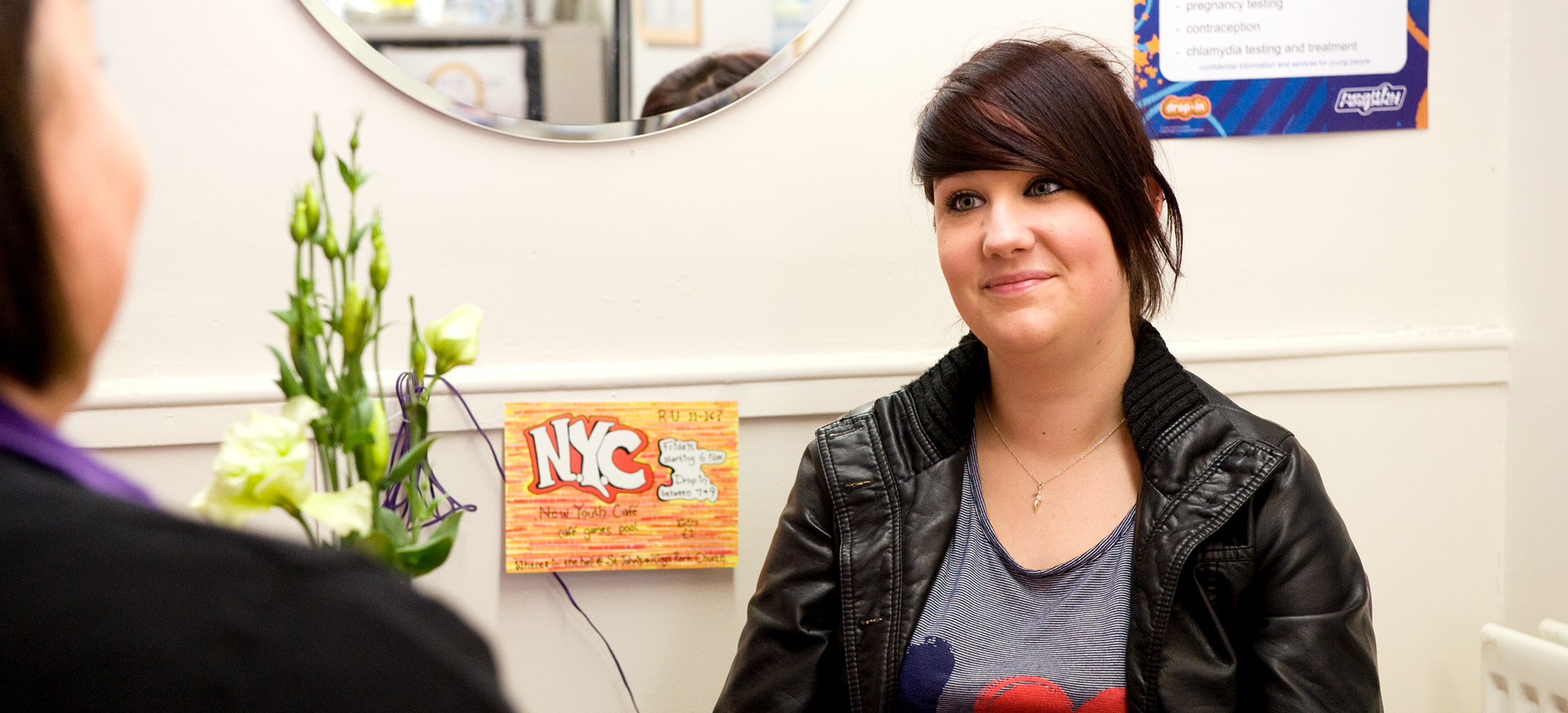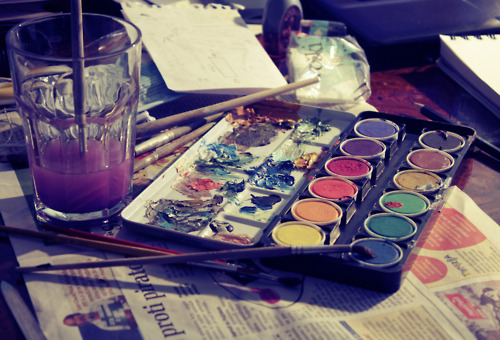Sinead Rowe, Art Therapist, reflects on the importance of mess and its place in therapy.
At MYPAS, art therapy, uses art as its primary means of communication in providing support to young people in Midlothian. Finding a balance between creative freedom and reflection, autonomy and boundaries, the art therapist supports the young person to expresses how they feel, worries they may have and or emotions which may be too difficult to put into words.
As an art therapist, I deal with materials almost every day, some young people draw or sculpt in a session, others paint or make marks and some young people combine all of the above and simply make a mess. Making a ‘mess’ is often regarded as a solely ludic play activity in childhood, but has significantly positive outcomes for people of all ages. There is no ‘right’ way to carry out making a mess, it is all about letting somebody explore and experiment with different objects and raw materials without restriction.
Making a mess has the ability to foster curiosity, imagination and exploration and can enrich the depth of relationships through social interaction. Mess making can allow you to use your own mind to plan, explore and problem-solve, building self-confidence and self-esteem.
Creating a mess can be helpful when working therapeutically with young people as they are in a developmental limbo of sorts. Making a mess has the possibility of fostering a tangible connection to a young person’s inner child, which can allow connection to unhealed wounds, and the needs that may not have been met when they were children.
If a young person creates a ‘mess’ in a session, they may unconsciously want to know that I can tolerate and accept their mess. They may never tell me directly about their issues – but will act them out using art or play. The use of play and/or art can support the young person in processing what has gone on for them and help gain some understanding over difficult emotions or situations. With young people, the work sometimes solely stays with the metaphor. Therefore, I must make space for their mess and help them become curious about the mess rather than immediately judging it as ‘bad’ or a ‘disappointment.’
It is up to the therapist to keep the mess contained and maintain boundaries as the ‘messy’ artwork often may become uncontained. Optimistically, mess might only need to be mess for a period of time. The process of creating a mess, embracing it and not running away from it is representative to the young person’s inner world and has the potential to give confidence in facing and letting go of painful experiences. Young people are independent and value their independence, yet they may need support over difficult periods or crises.
Before the ongoing pandemic, where art therapy was delivered face-to-face in an art therapy room, some of the mess is left for me to clean up. This is often an unconscious action of the young person’s and symbolic – this might be a communication that there is a considerable amount of mess in their lives and that they need help in containing it and cleaning it up. It also may feel more appropriate for a young person to leave the ‘mess’ with somebody else to deal with, than to take it away with them. I am left with the mess to digest, process and hopefully give back to them in a more manageable form in the future. Sometimes it requires a cumulative dance of many messy moments, before an acknowledgement of the power of these instances.
Art therapy supports young people that may be experiencing or have experienced mental health difficulties, trauma, bullying, witnessing and/or experiencing domestic violence, abuse and/or neglect from carers, being in foster care, homelessness, being an asylum seeker or refugee, having a disability and loneliness.
MYPAS provide a free, confidential and non-judgemental Art therapy service. If you would like to find out more, please visit our Art Therapy page.
Sinead Rowe, Art Therapist






